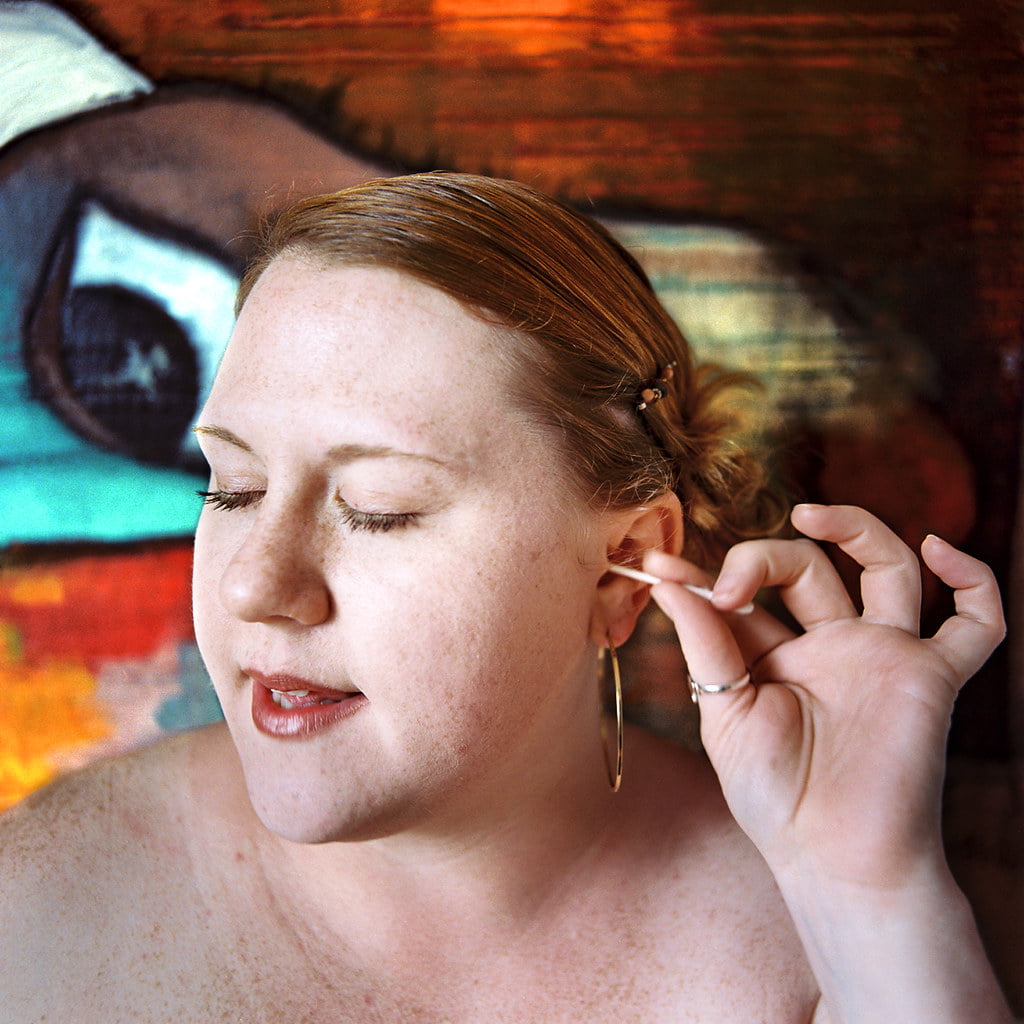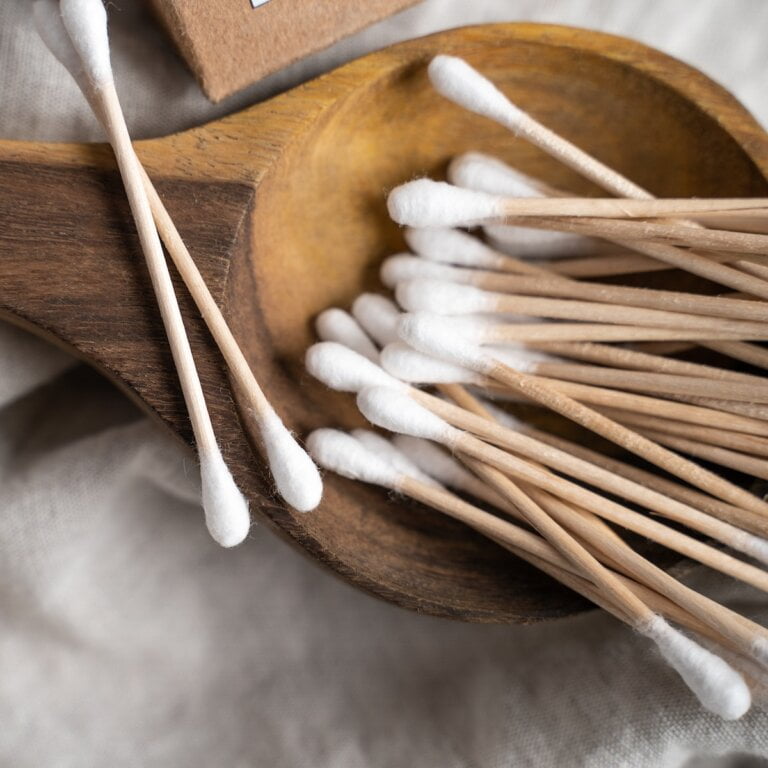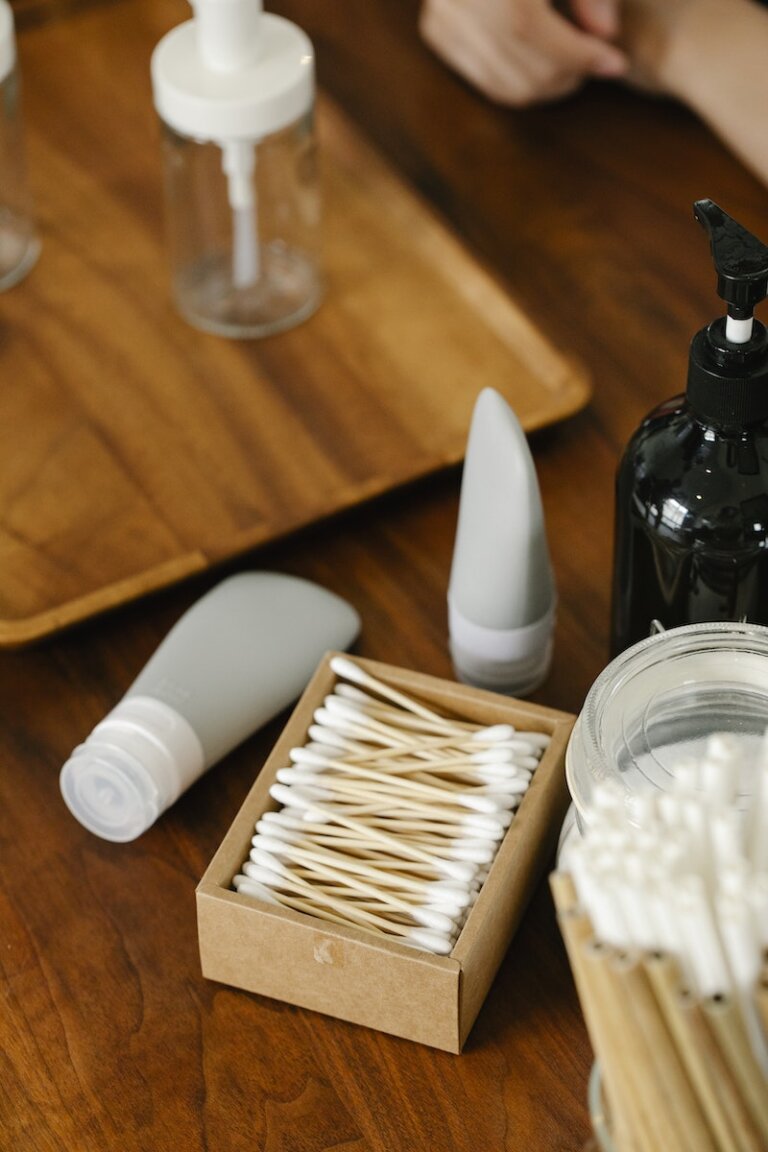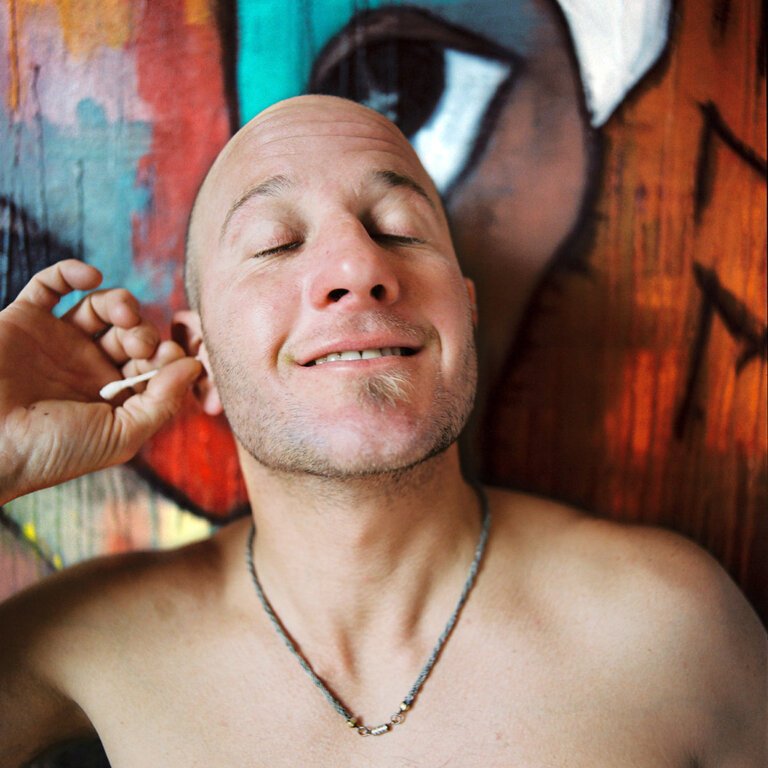Inside Out: Understanding the Intricacies of Ear Anatomy and Function
Last Updated on 3rd May 2024 by Admin
The human ear is an incredible organ that plays a vital role in our ability to hear and maintain a sense of balance. Understanding its intricate anatomy and function is crucial in comprehending the mechanism behind hearing and the importance of ear care. In this article, we delve deep into the various components of the ear and their roles, unraveling the mysteries from the inside out.
The Three Sections of the Ear
The ear can be broadly classified into three sections: the outer ear, the middle ear, and the inner ear. Each section has a unique structure and performs specific functions.
1. The Outer Ear
The outer ear is the visible part of the ear that we commonly refer to as the earlobe and the fleshy cartilage surrounding it. Its main function is to collect sound waves from the environment and direct them towards the middle ear.
The key components of the outer ear include the pinna, ear canal, and eardrum. The pinna, also known as the auricle, is the external, visible part of the ear that helps in sound collection. It has a unique shape that aids in capturing sound waves and funneling them into the ear canal. The ear canal, a narrow, tube-like structure, leads from the pinna to the eardrum. It serves as a pathway for sound waves to reach the eardrum. The eardrum, also known as the tympanic membrane, is a thin, elastic membrane that vibrates in response to sound waves and separates the outer ear from the middle ear. It plays a crucial role in transmitting sound vibrations to the middle ear.
2. The Middle Ear
The middle ear is a small, air-filled cavity located behind the eardrum. Its primary function is to transmit and amplify sound waves from the outer ear to the inner ear.
The key components of the middle ear include the ossicles and the Eustachian tube. The ossicles are three tiny bones called the malleus (hammer), incus (anvil), and stapes (stirrup). These bones work together to transmit sound vibrations from the eardrum to the inner ear. The malleus is attached to the eardrum and transfers the vibrations to the incus, which then transfers them to the stapes. The stapes then transmits the vibrations to the oval window, a membrane separating the middle ear from the inner ear. The Eustachian tube, another important component of the middle ear, is a narrow tube connecting the middle ear to the back of the throat. It helps in equalizing air pressure on both sides of the eardrum, promoting optimal hearing.
3. The Inner Ear
The inner ear, nestled deep within the temporal bone, is responsible for converting sound vibrations into electrical signals that can be interpreted by the brain. It also plays a crucial role in maintaining balance and body position.
The key components of the inner ear include the cochlea and the vestibular system. The cochlea is a spiral-shaped, fluid-filled structure that converts sound vibrations into electrical signals through tiny hair cells. These hair cells move in response to the fluid waves created by the vibrations, generating electrical impulses that are then transmitted to the auditory nerve. The vestibular system, on the other hand, consists of the semicircular canals and otolith organs. It helps in detecting head movements and maintaining balance. The semicircular canals are responsible for detecting rotational movements, while the otolith organs detect linear movements and changes in head position.
The Mechanism of Hearing
Now that we have explored the three sections of the ear, let’s dive into the mechanism of hearing:
- Sound waves enter the outer ear and travel through the ear canal.
- The sound waves strike the eardrum, causing it to vibrate.
- The vibrations are transmitted to the ossicles in the middle ear.
- The ossicles amplify the vibrations and pass them onto the oval window, a membrane separating the middle and inner ear.
- The vibrations create fluid waves within the cochlea of the inner ear.
- The movement of fluid inside the cochlea stimulates hair cells, which convert the mechanical energy into electrical impulses.
- These electrical signals are then transmitted to the auditory nerve.
- The auditory nerve carries the signals to the brain, where they are interpreted as sound.
This complex process allows us to perceive and interpret the sounds around us, enabling us to communicate, learn, and enjoy the world of audio experiences.
Caring for Your Ears
Understanding the complexities of ear anatomy and function underscores the importance of proper ear care. Here are some tips to maintain healthy ears:
- Protect your ears: Wear ear protection when exposed to loud noises, such as concerts or construction sites, to prevent noise-induced hearing loss. High levels of noise can damage the delicate structures of the ear and lead to permanent hearing loss.
- Keep your ears dry: Excessive moisture can lead to bacterial growth and ear infections. After swimming or showering, make sure to dry your ears thoroughly using a clean towel or a hairdryer on a low setting. Tilt your head to the side to allow any residual water to drain out.
- Avoid using cotton swabs: Inserting cotton swabs or any objects into the ear canal can push wax deeper and potentially damage the eardrum. Instead, gently clean the outer ear with a soft cloth. If you are experiencing excessive earwax buildup, consult a healthcare professional for safe and effective earwax removal.
- Treat ear infections promptly: If you experience ear pain, discharge, or a decrease in hearing, it is important to consult a healthcare professional for timely treatment. Ear infections, if left untreated, can lead to complications and potential damage to the ear structures.
- Follow a balanced diet: A healthy diet rich in vitamins and minerals, particularly those like vitamin C and magnesium, can promote ear health. These nutrients play a role in maintaining the overall health of the ear and reducing the risk of certain ear conditions.
- Practice proper hygiene: Regularly clean your headphones or hearing aids to prevent the accumulation of dirt, bacteria, and wax. Use a soft, dry cloth or specific cleaning solutions recommended by the manufacturer. Proper hygiene can help prevent ear infections and ensure the longevity of your hearing devices.
By following these simple steps, you can ensure the well-being of your ears and optimize your hearing abilities.
In conclusion, the ear is a remarkable organ that enables us to perceive the beautiful symphony of sounds around us. By understanding its intricacies, we can appreciate the delicate balance of its anatomy and function. Remember to care for your ears, protect them, and seek medical attention when necessary. Let’s cherish the gift of hearing and embrace the wonders it brings to our lives.
FAQ
Q: What are the three sections of the ear?
A: The three sections of the ear are the outer ear, the middle ear, and the inner ear.
Q: What is the main function of the outer ear?
A: The main function of the outer ear is to collect sound waves from the environment and direct them towards the middle ear.
Q: What is the role of the cochlea in the inner ear?
A: The cochlea is responsible for converting sound vibrations into electrical signals that can be interpreted by the brain.
Q: How can I care for my ears?
A: To care for your ears, you should protect them from loud noises, keep them dry, avoid using cotton swabs, treat ear infections promptly, follow a balanced diet, and practice proper hygiene with headphones or hearing aids.







